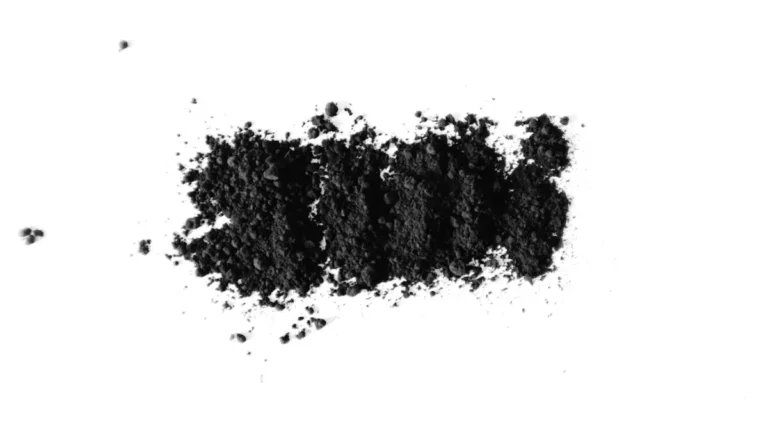Carbón activado en polvo (CAP)
.webp)
Buy Powdered Activated Carbon (PAC)
Key Characteristics Of Powdered Activated Carbon (PAC)
Propiedades físicas:
- Fine particle size, typically ranging from 150 to 350 mesh
- High surface area, often exceeding 800 m²/g
- Low bulk density, usually between 220-550 kg/m³
Características estructurales:
- Estructura microporosa bien desarrollada
- Alto volumen total de poros
- Rapid adsorption kinetics due to small particle size
Propiedades químicas:
- Low ash content, generally less than 5%
- Moisture content typically below 5-10%
- Adjustable pH value, commonly between 3-9
Performance Attributes:
- High iodine number, ranging from 800 to 1300 mg/g
- Methylene blue adsorption value between 100-230 mg/g
- Carbon tetrachloride activity (CTC) from 50% to 100%
Raw Material Sources:
- Primarily derived from coconut shells or wood
- Available in various grades, including wood-based phosphoric acid activated carbon
tipos de carbón activado relacionados

- Valor de yodo: 700-1200 mg/g
- Superficie 700-1200 m²/g
- Densidad aparente: 320-550 kg/m³

- Valor de yodo: 700-1200 mg/g
- Superficie 700-1200 m²/g
- Densidad aparente: 320-550 kg/m³

- Valor de yodo: 700-1200 mg/g
- Superficie 700-1200 m²/g
- Densidad aparente: 300-650 kg/m³

- Valor de yodo: 700-1200 mg/g
- Superficie 700-1200 m²/g
- Densidad aparente: 320-550 kg/m³

- Método de activación: Activación por vapor/gas a altas temperaturas
- Estructura de los poros: Microporosa-dominada, distribución uniforme de los poros.
- Perfil medioambiental: Sin productos químicos, bajo contenido en cenizas
- Aplicaciones principales: Adsorción en fase gaseosa, purificación de agua potable

- Método de activación: Activación química (por ejemplo, H₃PO₄/ZnCl₂) a temperaturas moderadas.
- Estructura de los poros: Mesoporoso-rico, mayor área superficial
- Eficiencia del proceso: Menor tiempo de activación, mayor rendimiento 30-50%
- Tratamiento posterior: Lavado con ácido para eliminar residuos

- Funcionalización: Cargado con agentes activos (por ejemplo, I₂/Ag/KOH).
- Adsorción selectiva: Captura mejorada de contaminantes específicos (por ejemplo, Hg⁰/H₂S/gases ácidos).
- Personalización: Químicamente optimizado para los contaminantes objetivo
- Aplicaciones principales: Tratamiento de gases industriales, protección QBRN
Beneficios
Gran superficie
PAC offers an exceptionally high surface area, ranging from 800 to 1300 m²/g, providing superior adsorption capacity.
Versatile Particle Size
Available in various mesh sizes (150/200/300/350), allowing for customization to specific application requirements.
Low Ash Content
Consistently low ash content (<5%), ensuring high purity and minimal interference in treatment processes.
Customizable pH
Adjustable pH values (3-8 or 6-9) to suit different environmental conditions and treatment needs.
Excellent Adsorption Performance
High iodine value (800-1300 mg/g) and methylene blue adsorption (100-230 mg/g) indicate superior adsorption capabilities.
Diverse Raw Materials
Produced from various sources like coconut shells and wood, offering different characteristics to meet specific requirements.
Rapid Dispersion
Fine particle size allows for quick dispersion in liquids, enabling fast adsorption kinetics.
Aplicaciones

Tratamiento del agua

Industria alimentaria

Pharmaceutical Applications:


